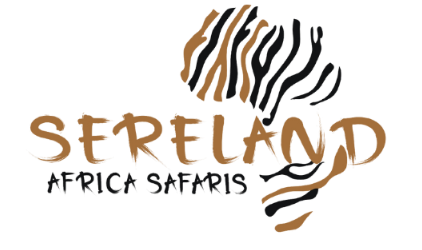Climbing Mount Kilimanjaro is the adventure of a lifetime. Standing at 5,895 meters (19,341 feet), it is Africa’s highest peak and one of the most iconic trekking destinations in the world. Proper preparation is key to success, and nothing is more important than having the right gear. A carefully prepared Kilimanjaro packing list ensures you stay safe, comfortable, and ready to conquer the mountain.
Below is the ultimate guide to what you need to pack for Kilimanjaro, broken down into essentials, clothing, gear, and personal items.
1. Essential Clothing Layers
Kilimanjaro’s climate shifts dramatically as you move from rainforest to arctic summit. Dressing in layers is critical:
- Base Layers (Moisture-Wicking): Lightweight thermal tops and bottoms to keep sweat off your skin.
- Insulating Layers: Fleece jacket, insulated down jacket, and trekking pants for warmth at higher altitudes.
- Outer Shell: A waterproof, windproof jacket and pants to protect against rain, wind, and snow.
- Trekking Shirts: Quick-dry, breathable shirts for daytime hikes.
- Warm Accessories: Wool hat, balaclava, neck gaiter, and insulated gloves.
2. Footwear
Your feet will carry you to the summit, so invest wisely:
- Hiking Boots: Sturdy, waterproof, and broken-in boots with strong ankle support.
- Camp Shoes: Lightweight sandals or sneakers for evenings at camp.
- Socks: Thermal socks for summit night, plus moisture-wicking trekking socks (5–6 pairs).

3. Sleeping Gear
Though tents and sleeping pads are usually provided by tour operators, your Kilimanjaro packing list should include:
- Sleeping Bag: Rated to at least -15°C (5°F).
- Sleeping Bag Liner: Adds warmth and keeps your bag clean.
- Pillow (Optional): An inflatable travel pillow for added comfort.
4. Daypack & Luggage
- Daypack (30–35L): To carry essentials like water, snacks, and extra clothing.
- Duffel Bag (80–100L): Carried by porters, this holds your main gear.
- Dry Bags: To keep electronics and clothing safe from rain.
5. Trekking Equipment
- Trekking Poles: Adjustable and shock-absorbing poles help reduce knee strain.
- Headlamp: Essential for summit night (carry extra batteries).
- Water Bottles & Hydration Bladder: Stay hydrated with at least 3 liters of water capacity.
- Gaiters: To keep mud, dust, and snow out of your boots.

6. Personal Essentials
- First Aid Kit: Pain relievers, blister plasters, altitude sickness tablets (consult your doctor).
- Toiletries: Biodegradable soap, toothbrush, toothpaste, wet wipes, hand sanitizer, quick-dry towel.
- Sunscreen & Lip Balm: High SPF protection is a must at high altitudes.
- Electronics: Camera, phone, power bank, and universal travel adapter.
- Snacks: Energy bars, trail mix, and electrolytes for extra fuel.
7. Important Documents
- Passport & visa copies
- Travel insurance covering high-altitude trekking
- Park entry permits (usually arranged by your operator)
- Cash for tips and personal expenses
Pro Tips for Your Kilimanjaro Packing List
- Pack Light but Smart: Porters have weight limits (usually 15 kg per person).
- Test Your Gear in Advance: Break in boots, adjust your backpack, and ensure all layers fit comfortably.
- Renting vs. Bringing: Some items (like sleeping bags or poles) can be rented locally, but bringing your own guarantees quality and comfort.
Final Thoughts
Your Kilimanjaro packing list is your blueprint for success on Africa’s highest peak. With the right gear, you’ll be prepared to face changing climates, long trekking days, and the challenge of summit night. Preparation and packing wisely will not only increase your chances of reaching Uhuru Peak but also make your journey safer and far more enjoyable.

